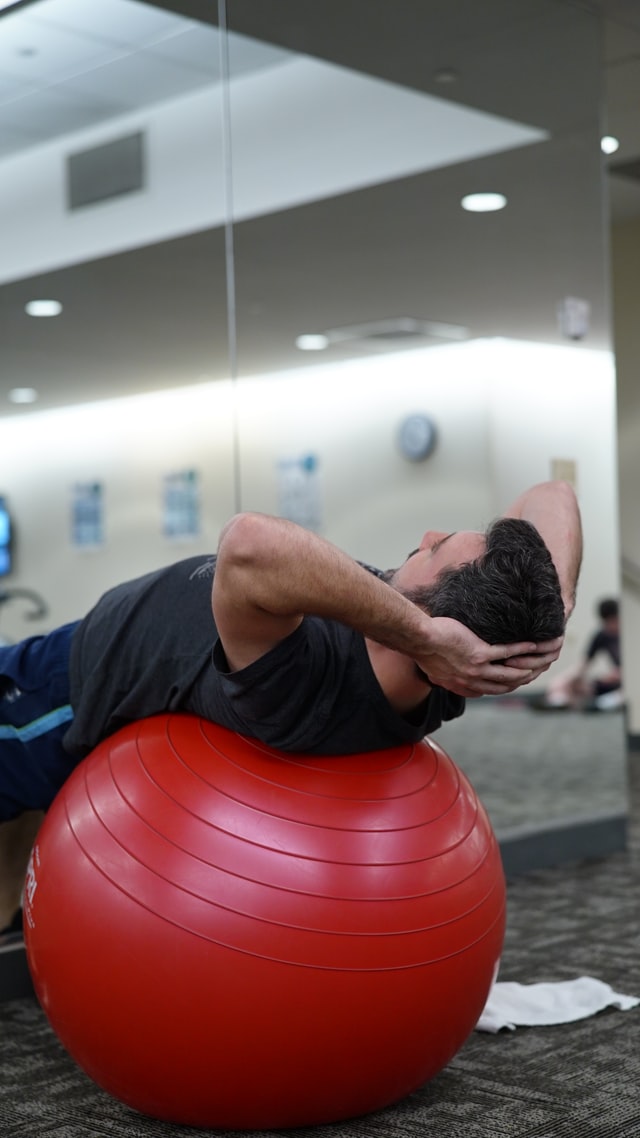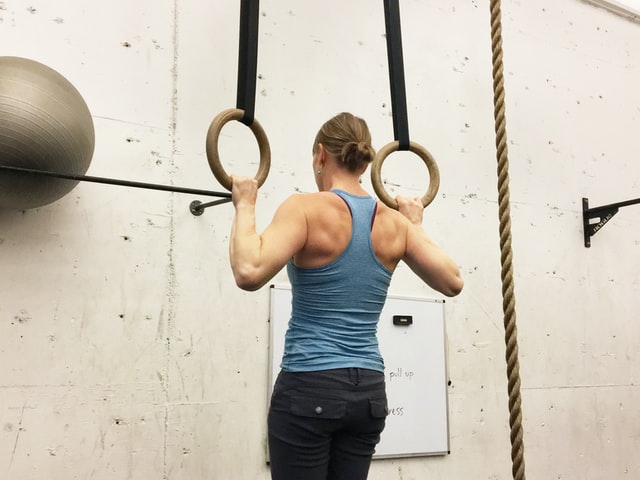history of strength training
In this entry a brief introduction is made on the history of strength training since the beginning of the 20th century.
In this series of articles we deal with some of the most important concepts of strength training, collecting notes from the recently published book Strength, Speed and Physical and Sports Performance written by renowned researchers Juan José González Badillo and Juan Ribas Serna.
Uniting experience in training practice and theoretical scientific research
There is another way of approaching training that has the vocation of applying scientific knowledge to training practice. But it must be recognized that this is not easy. Scientific studies related to sports performance cannot cover all the variables involved in training.
The coach has the “obligation” to keep up to date on (true) scientific advances, but then he has the double task of knowing how to interpret and apply this knowledge in practice and establishing the control plan that allows him to advance “scientifically” in the rationalization of his own work. This is an exciting task, which never ends and is peppered with successes and failures continuously.
The coach has the “obligation” to keep up to date on scientific advances and to know how to interpret and apply this knowledge to practice and establish the training control plan.
The coach must try not to make serious mistakes that clearly go against what is scientifically proven, even if the absence of those mistakes does not guarantee success. However, attempts to disseminate scientific findings in texts organized with sections on their applications to sports practice have greatly improved the training of coaches, have stimulated research and have contributed to improving results.
The texts promoted by the International Olympic Committee on different fields of research and training (strength and power, resistance, biomechanics, medicine, development and training in children…); the publication of physiology texts such as those by Mcardle et al., Wilmore and Costill, Astrand and Rodahl, or monographs such as those by Zatsiorsky (1995) or Enoka (2002)…. are very valid examples. All these texts try to expose in an accessible way for the majority of specialists in sports training, as well as for scientists in general, the latest scientific advances and their possible applications to sports practice.
Naturally, like any publication, with the passing of the years they lose part of their updating, but to make up for these deficiencies, recurring periodical publications are used.
Therefore, in addition to the contributions of the texts in the form of books, there are bibliographic sources where the original articles appear with the methodology and the results of the investigations, which constitutes the fastest updating route, although this information will always be about a narrower field of knowledge.
In any case, the effect of a certain type of training on one or several qualities over several weeks is studied, although unfortunately not always adequately.
Science only explains the body’s reaction to different types of efforts, from which deductions can be made to guide training. Therefore, training must be programmed based on an objective, which will be achieved if the degree of stress is applied which, according to research, without forgetting experience, causes the programmed effort and the consequent effect. Combining the scientific information and the “common sense” of the coach, it is likely that the organization of the training will be more rational.
training must be programmed based on an objective, which will be achieved if the degree of stress is applied which, according to research, without forgetting experience, causes the programmed effort and the consequent effect
It is increasingly common for high-level athletes to benefit from meticulous scientific monitoring that includes tests every day, every week or every 2, 4, 8… weeks. The function of these tests is to know the evolution of the physical condition and to evaluate if the effect of the prescribed training program is in accordance with the objectives set. In this way, it is more probable that scientific criteria and procedures can be established that allow the programming and control of an athlete’s training regimen and progress adequately, avoiding the appearance of overtraining.
History of contributions to strength training
The use of strength training as a complement to the specific training of other sports began to become popular in the middle of the last century. From the 1960s and 1970s, the great debate began about using or not using this type of training, since detractors maintain that strength training “slows down” the athlete.
One of the first investigators to be interested in the physiology of muscular force was Dudley Allen Sargent (1849-1924), a medical trainer at Harvard University. This researcher was the creator of the famous Sargent vertical jump test, and proposed the use of very light loads to train strength.
A. V. Hill established the relationship between muscle tension and the speed of muscle shortening or force-velocity curve
At the beginning of the last century, the British physiologist A. V. Hill established the relationship between muscle tension and the speed of muscle shortening or force-velocity curve, so useful today in the assessment of physical condition, the effect of training and the degree of of fatigue.
In 1948, doctors Thomas De Lorme and Arthur Watkins, working with soldiers recovering from World War I wounds, developed training PECRIMEA to overcome the weakness caused by atrophy typical in these cases. Originally they established that the necessary dose to obtain results was between 70 and 100 repetitions per exercise (the famous 10x10RM), although they later corrected it and left it between 20 and 30 repetitions per exercise, which would give rise to the 3x10RM formula, although not all series to failure, but only the last one.
The German physiologist Erich A. Müller and his partner T. Hettinger contributed to the development of strength training when in 1953 they observed that Isometric type training could be useful for the development of strength. In the 60s, the most representative were the studies of Richard A. Berg, who carried out a series of investigations over several years in which he searched for the optimal stimulus for strength training.
Although his studies have not appeared in publications recognized as scientific by the international community, it can be considered that Y. Verkhoshanky’s contributions during the 1970s were important for the advancement of sports training. His proposals on the location of strength training within the training cycle, the use of exercises called “plyometrics”, his contributions on the study of the force-time-velocity relationship and the application of factor analysis to analyze the determining factors of sports performance have been an important reference and have contributed to the development of the application of force to the training of different sports specialties.
the contributions of Y. Verkhoshanky on the study of the force-time-velocity relationship and the application of factor analysis to analyze the determinants of sports performance have been an important reference
Perhaps his most representative work is Fundamentals of Special Strength-Training in Sport, published in Russian in 1977 and translated into English in 1986. Subsequently, the entire scientific community has become interested in the mechanisms that explain the development and manifestation of strength and its possible applications to sports training. The phase in which strength training was considered detrimental to different sports has been passed, and coaches in almost all specialties have become interested in the application of strength training to improve specific results.
Some scientific institutions, such as the American College of Sports Medicine (ACSM), the European College of Sports Sciences (ECSC) and the International Federation of Sports Medicine (IFSM) have contributed to the advancement of studies on the sports performance. In 1987, the US National Strength and Conditioning Association (NSCA) created The Journal of Applied Sport Science Research, which would later be renamed the Journal of Strength and Conditioning Research.
These publications are especially focused on research related to the study of force and its applications. Its aim is to establish a bridge between scientific research and practice. From the 1970s and 1980s, the development of studies on muscle strength and power reached a great impulse.
From the 1970s and 1980s, the development of studies on muscle strength and power reached a great impulse.
Authors such as Edgerton, Gollnik and Saltin, with the analysis of muscle structure and power production, were responsible for many of the first studies on the characteristics of the human muscle fiber and its behavior during exercise, Komi, in the study of the stretch-shortening cycle, Sale, which has contributed to the knowledge of the neural effects on the production of force and power, the studies of MacDougall, Edman, Herzog and Goldspink on the muscular transformations and power production due to training, the studies of the hormonal and neuromuscular effects of strength training by Kraemer, Häkkinen… and some others have contributed to the advancement of knowledge about strength training. All these advances go hand in hand with a way of approaching training in an increasingly scientific way.
The variable “velocity” has recently been introduced as a useful reference for the control, dosage and assessment of the training effect, with an original publication in 1991 (González-Badillo, 1991). Throughout this text, extensive information is given on most of the numerous studies in which speed has been used as a reference for dosing, monitoring, and evaluation of training effect.










